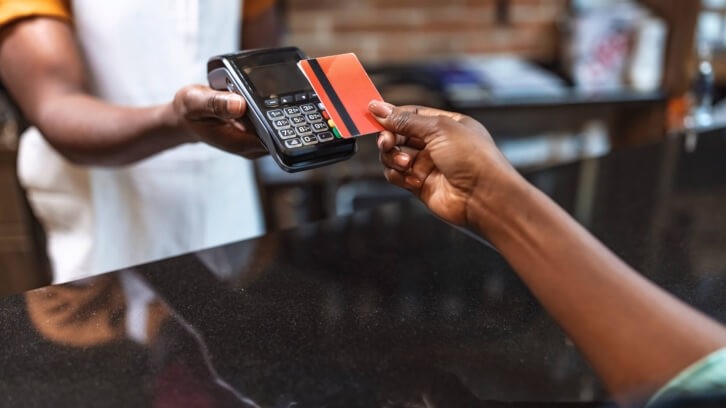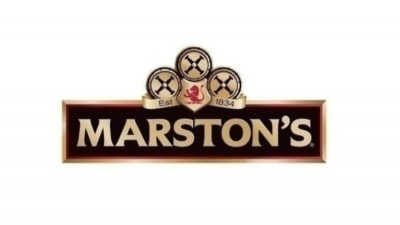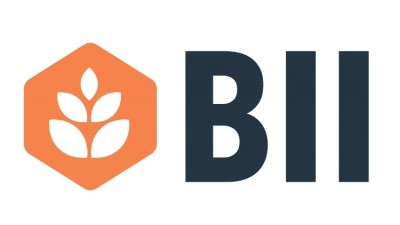1 in 12 consumers prepared to pay more at busier times

Data from Barclays showed around a third (32%) of the 2,000 respondents surveyed said they had seen a rise in the price of food and drink in the on-trade during peak times such as evenings, weekends and during major sporting events.
However, those who were happy to pay the ‘surge prices’ were prepared to spend an average of 70p more for a pint of beer and 60p more for a glass of wine.
This followed last month (September), Stonegate launched a new system of dynamic pricing across a select number of its managed sites during busier periods.
Crisis impact
Elsewhere in the report, spend growth for the overall hospitality and leisure sector was up 8.5% while transaction growth was also up by 5.3% for September.
Moreover, for the bars, pubs and clubs segment, spend growth increased by 6.1% while transaction grew by 5.1%, which it said was likely due to sports fans gathering to watch events such as the Rugby World Cup.
However, the cost-of-living continued to impact restaurants, which saw further decline in September (down 10.8% against 5.8% in August).
This came as 44% said they were planning on reducing discretionary spending over the next couple of months to save money for this year’s festive period, with eating out at restaurants being the most frequently cited cut back (60%).
Warning signs
Barclays chief UK economist Jack Meaning said: “Over the past few months, a picture has been building of consumers beginning to pull back on discretionary spending as the cost of living and monetary tightening from the Bank of England increasingly bite.
“We’ve seen the warning signs from surveys and now we see it in the more concrete spending data.
“This suggests the outlook for consumers and the businesses that rely on them is weak, even as they finally see their disposable incomes rise faster than inflation.
“It makes it hard to see anything but a relatively stagnant economy on the horizon.”







